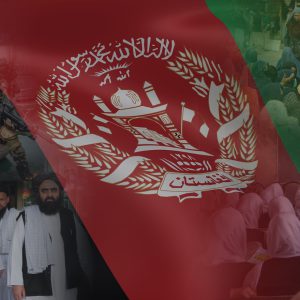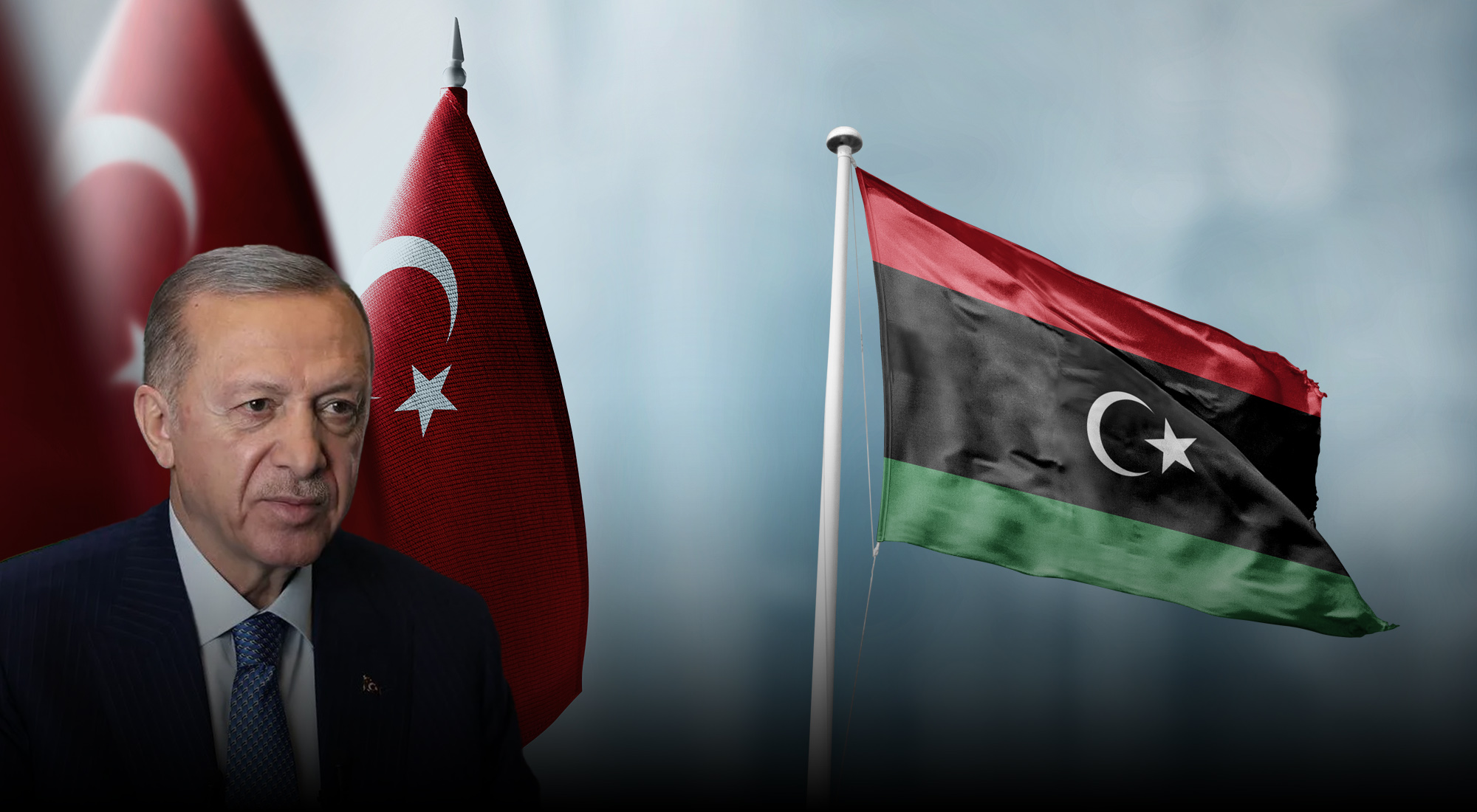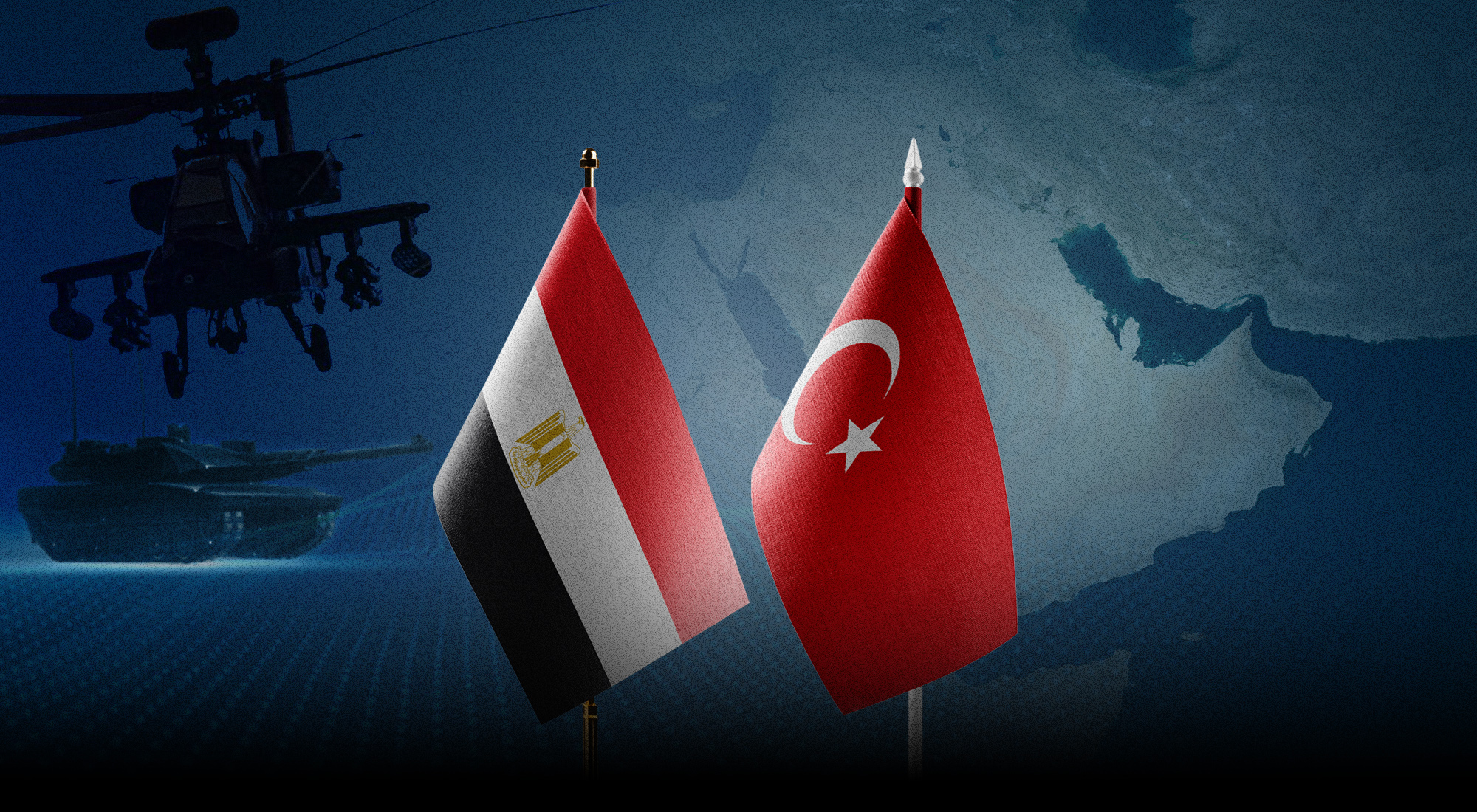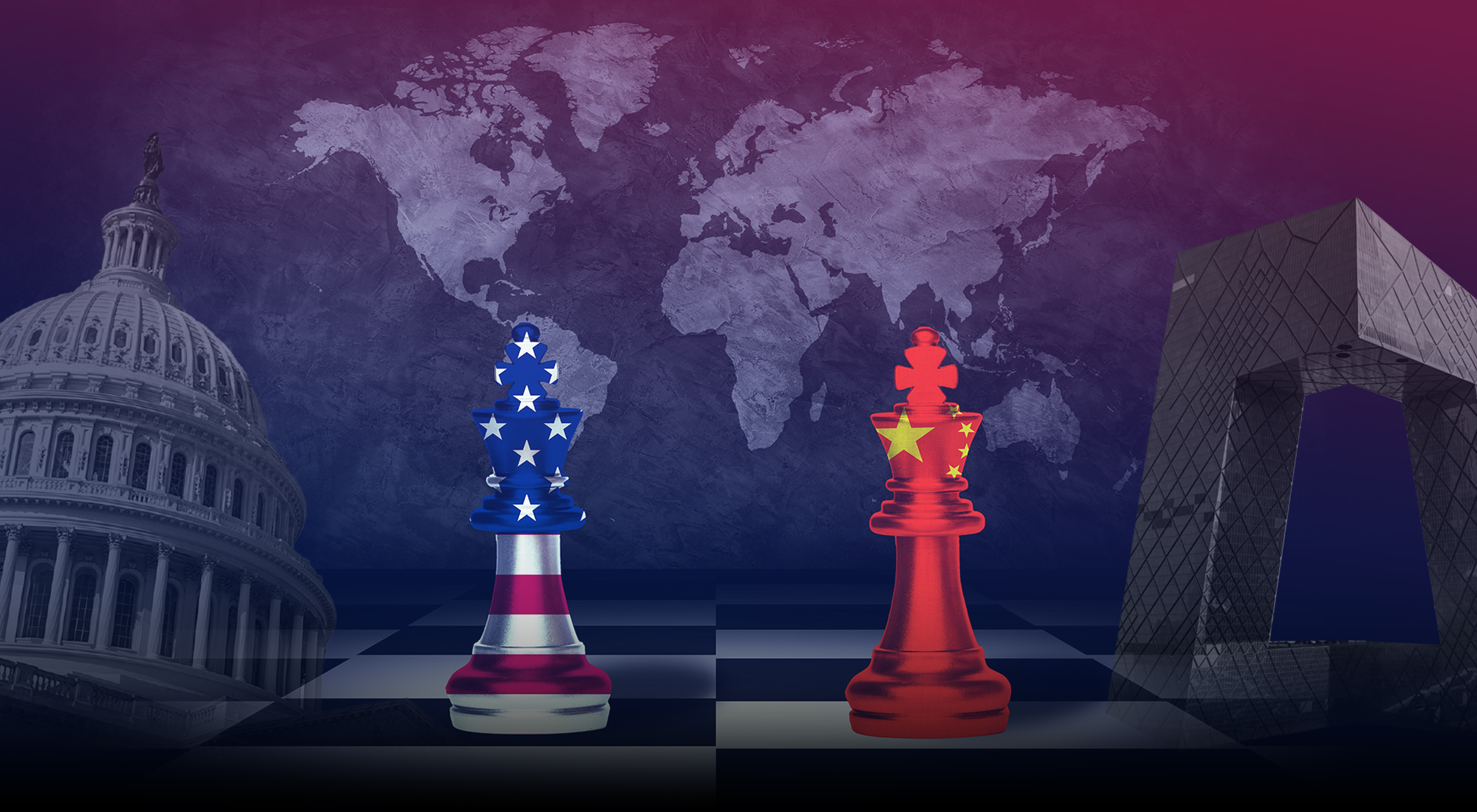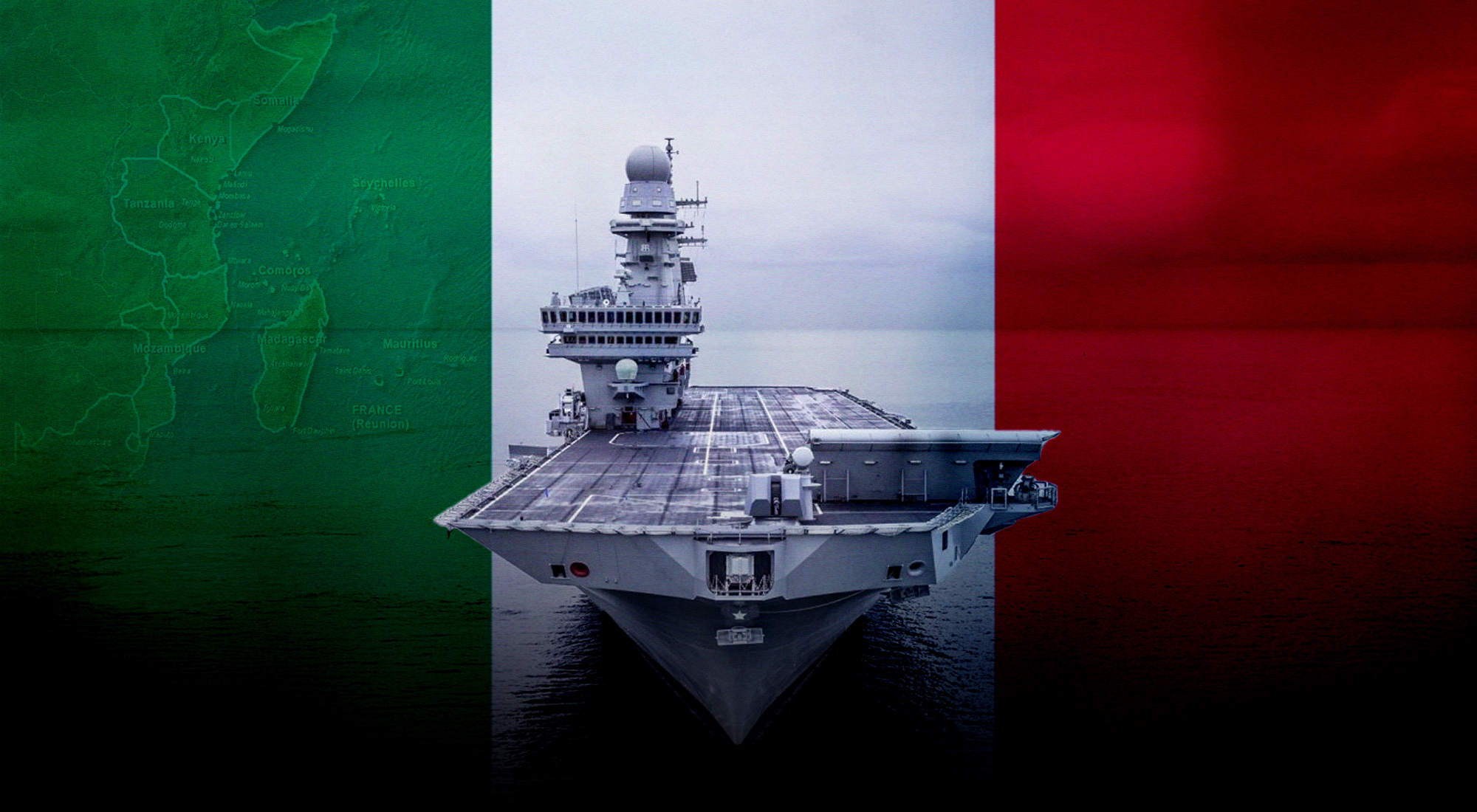The dramatic fall of Kabul to the Taliban in August 2021, and stunning images of people holding onto departing military airplanes at Kabul Airport, raised many fundamental questions about the underlying causes for the collapse of the Afghan state after twenty years of relentless Western military intervention and financial/political support. Some academia and policymakers blamed this failure on the West’s top-down, over-centralized, state-building effort that is at odds with the decentralized, tribal, multi-ethnic character of the Afghan population.[1] Others questioned the overall attempt to build a modern nation-state in a society dominated by a tribal cultural-historical resistance to modern concepts of legitimacy and institution-building.[2]
This paper surveys the trajectory of Afghan nationalism amidst the legacy of decentralization and state fragmentation that the Taliban has inherited. It assesses the opportunities and challenges that the Taliban need to address in their attempt to govern Afghanistan, given historical realities of state-building. It argues that the Taliban has many assets and opportunities at its disposal as it transforms itself from an insurgent movement to a ruling government. However, in order for it to avoid repeating past historical blunders and legacies of failed state-building efforts, it must not only secure wider international recognition and funding, but more importantly, decentralize and expand its ruling coalition to include members from other ethnic groups, while simultaneously maintaining the unity and cohesion that has facilitated the movement’s twenty-year long insurgency and brought it to power.
The trajectory of Afghanistan’s troubled historical legacy
Ernest Gellner, who is widely regarded as one of the most important theorists of nationalism, adopted a Weberian understanding of the “state” as “the agency within society which possesses the monopoly of legitimate violence.”[3] Hence, violence can only be applied legitimately by the central political authority governing the state. In this regard, Gellner considers nationalism as the imposition of a literate high culture on mostly low local cultures through a process of cultural homogenization. This process is concomitant with the rise of rational modernization, industrialization, the growth of education, and breaking down of social barriers in traditional, agrarian societies.[4] In this light, the process of state-building can be understood as the institutionalization of the synergistic interaction between the state (institutions, policies, and practices) and society (organizations, norms and behaviors) as well as their interdependence. In this symbiotic process, society provides popular support for the state and the state acts as a crucial facilitator and regulator of collective action in society.[5]
This Eurocentric top-down understanding of state-building as a mechanism through which disparate groups can be brought under state authority through the development of nationalism is radically at odds with the disruption to the process of nation-building and state consolidation that happened in Afghanistan. First, the country’s present boundaries were artificially molded at the end of the nineteenth century after a century-long process of wars and diplomacy known as the ‘Great Game’ – a geopolitical rivalry between British interests in India to the East and South and Russian interests in the North.[6] The military confrontation with the European imperialism of the Russian Tsar and the British resulted in a distorted concept of nation-state and dramatically changed the Afghans’ attitude toward the West: “They learned to mistrust all Europeans; to see the English and Russians not just as infidels but enemies; to reread Islam as a unifying force and means of mobilization, thereby creating Afghan xenophobia and cultural isolationism.”[7]
Moreover, this externally imposed demarcation of borders involved a process of gerrymandering that split members of different ethnic groups between neighboring states.[8] Afghanistan henceforth consisted of a complicated mix of people mostly living in small, kin-based communities outside of the limited urban areas.[9] This led to the development of different ‘ethnoscapes’, which were often not in conformity with national territory yet constituted the main reference points for the political claims raised by today’s ethnic entrepreneurs.[10] As a result, Afghan identity has based upon a political culture in which real political life has been played out among the ‘solidarity group’.[11] This feature has been compounded by the proliferation of paternalistic politics, a political economy of dependency, and patron-client relationships that have pervaded all levels of Afghan society.[12]
Second, from its inception in 1747, the Afghan nation-state has largely been built around a dominant Pashtun ethnic core, which has provided Pashtuns with a strong sense of entitlement. As a result, ethnic consciousness grew due to the internal anarchy and warfare that characterized the rise of Ahmad Shah Durrani in the eighteenth century, and later on his descendants who held the monarchy in direct succession. Apart from the brief occupation of Kabul by Tajik leader Bacha Seqao in 1929, and the Rabbani-Massoud regime (1992–1996), all of the twentieth-century governments of Afghanistan, including the monarchies, the communist regimes between 1978 and 1992, the Taliban, and the post-9/11 government, have been nominally or authoritatively ruled by Pashtuns.[13]
Despite impressive achievements in establishing a bedrock, Pashtun-based, Afghan national identity, Durrani’s kingdom, in essence, was a decentralized confederation of independent tribal fiefdoms with minimal aspects of statehood as he managed his empire through the feudal practice of ruling indirectly through indigenous tribal chiefs. This established a legacy that led the Afghan state to exist in a sustained condition of fragmentation for centuries after his death as traditional Pashtuns envisioned the ‘legitimate’ role of the state to be highly constrained and drastically different from the Eurocentric model espoused by Gellner.[14] Apart from leading the people against invaders, the role of the state became confined to judging tribal disputes and preventing these disputes from creating a state of permanent warfare.[15]
Third, in modern Afghanistan, the ‘national’ idea remained undeveloped and lacked appeal and influence except among a small and unrepresentative educated, urban elite whose members were often culturally isolated from the masses of the rural or tribal population.[16] By contrast, village Pashtuns had a history of resisting all attempts aimed at changing the customary relations of rural Afghanistan. This created endemic fault-lines of conflict in Afghanistan that have revolved around urban versus rural; between modernizing or Westernized versus authentically Afghan or Pashtun.[17] In this particular iteration, the Taliban can be seen as fighting for “a moral ‘ruralization’ of the comparatively modern, cosmopolitan (a dangerous quality in their minds), urban space of Kabul.’’[18] This is a continuation of a historical legacy in Afghanistan where political and social competition has often pitted ‘urban, modernizing, and centralizing forces’ against ‘rural, religious, and traditional forces’ aiming to secure the status quo or respond to change by a return to tradition.[19]
In addition, the treatment of non-Pashtun Afghans as mere internal ‘colonial subjects’ rather than as ‘citizens’ has produced a deep sense of alienation, resentment, and distrust.[20] Unfortunately, the process of ethnic identification has been further deepened by the Bonn Agreement and the post-2001 Western-sponsored political settlement, such that “once blurred ethnic boundaries became clearer and engrained in everyday practices…the political gap between Pashtuns and non-Pashtuns that coincides with a North-South divide of the country deepened.”[21]
The Taliban in transition: Opportunities and challenges
It is more prudent to examine the relationships between elements of social identity, i.e. the role of ethnicity, kinship, and religion, as the most persistent and pervasive forms of identification and mobilization in relation to changing power relations amidst attempts at state-building in Afghanistan. Hence, rather than conforming to the views of modernists such as Gellner, the case of national formation in Afghanistan best approximates to Smith’s model of ethno-symbolism. This model focuses on networks of ethnic ties as the “single most important factor in the rise and persistence of nations and nationalisms.”[22] Smith defines an ethnie or an ethnic community as “a named human community with myths of common ancestry, historical memories and one or more elements of shared culture.”[23]
The Taliban led a successful mobilization effort against the post-2001 Afghan state and its Western sponsors by referring to the myths, memories, sacrifices, and values that have prior resonance within their community. They have managed to successfully project themselves as defenders of traditional Pashtun values and fighters for the cause of Islam by focusing on certain ‘symbolic resources’ in order to distil a positive national image among their respective audiences.[24] In this regard, the Taliban can be regarded as successful ethnic entrepreneurs through their selective usage of dominant Pashtun and Islamic mythomoteurs in the process of symbolic cultivation.[25]
The Pashtuns, the most dominant ethnic group in Afghanistan, have been hostile to three kinds of government: those lacking traditional or religious legitimacy; those which force them to pay too many taxes; and those which try rapidly to change their lives, their society and their traditions.[26] So far, since their assumption of power in August 2021, the Taliban have managed to create a Pashtun-centric state that has established monopoly of the means of coercion – a feature which has evaded successive Afghan governments over the past 40 years. After the withdrawal of international forces, most Pashtun officials and soldiers swiftly and quietly went home as their commanders struck deals with the Taliban.[27]
Currently, the security situation in Afghanistan is much more stable than in previous years. The Taliban face two relatively minor insurgencies with only scattered pockets of violence: one led by the Islamic State’s local branch and the other comprising the National Resistance Front (NRF) and other groups allied to the former government.[28] The Taliban recognize that harsh counter-insurgency tactics might result in a backlash that will force people to support their adversaries. While they have resorted to forcibly disarming their military opponents, they have also granted general amnesty to those who abstain from fighting, enlisted the soft power of religious scholars to advocate for peace, and even sought the recruitment of ex-foes in the building of state institutions.[29] In addition, the movement has managed to stabilize the Afghan economy, partially recover imports, increase exports, reduce inflation, and collect taxes and customs far more successfully than the former leaders of the Afghan state, despite sanctions, international seizures of Afghan banking assets, and the end of Western development aid.[30]
The Taliban have, however, been finding it difficult to establish a clear blueprint for government or lay out a coherent model for their envisioned Islamic state. More specifically, the movement is struggling to find a lasting formula that would be able to convert their decentralized, polycentric structure – which was very effective in their conduct of insurgency – into a clear and effective model for government.[31] As the Taliban shift to running the affairs of the Afghan state from Kabul, they appear to be building a hierarchical and vertically centralized structure, causing friction within their power base.[32] The movement’s decision-making is apparently concentrated in the hands of the few – Amir Haibatullah Akhundzada and a narrow Kandahar-based clique – dismissing input from other more pragmatic, internationally-oriented Taliban members.[33] This internal rift is also reflected in the Taliban’s foreign policy as the ultra-conservative ulema (theologians) continue to echo the notion that the Islamic Emirate can do without foreign support, while the more internationally-oriented members of the movement see international recognition and support as essential. While there is widespread consensus on the need to establish friendly relations with China, there is disagreement on which other states the Taliban should prioritize their relationships with.[34]
It is also too early to tell whether the Taliban will be able to overcome the historical dysfunctionality of the Afghan state by converting their old structure, based on local shuras (councils), into new networks of ulema in provincial ulema councils reporting on the functioning of the provincial and district administrations to the leadership.[35] Moreover, they are struggling to maintain consensus around the precise determinants of their ideology in power. The Taliban’s southern leaders, supported by a group of hard-core ulema, are trying to assert a largely ultra-conservative approach inspired by Pakistani-style Deobandism, despite the existence of large pockets of Taliban members influenced by the Muslim Brotherhood, Sufism, and even some Salafi-leaning members of the Ahl-e Sunnah wa Jamaat.[36]
Conclusions
The Taliban have undoubtedly inherited a dangerous and volatile historical legacy of state fragmentation and failed nation-building. They are at an important crossroads in the history of Afghanistan as their policies could manage to establish a ‘low-cost’, ‘low-tech’ nation-building model that could be carefully tailored to the specificities of the Afghan situation, or it could backfire leading to another costly cycle of violence and state failure.
Yet in their quest for complete control over Afghanistan, the Taliban need to be mindful of establishing the necessary balance between centralization of power in Kabul vis-à-vis the more rural areas. Any regime in Kabul that employed coercive power in rural areas to impose greater central authority generated rebellions against them.[37] In the long run, the Taliban must also establish ideological consistency that resolves the internal differences within the movement and create a coherent blueprint for more inclusive government that more meaningfully involves members of Afghanistan’s non-Pashtun communities. On the international front, the Taliban need to establish a clear and consistent foreign policy to secure more recognition and badly needed international funding. Only time can tell whether the Taliban will make use of the multiple opportunities at their disposal to establish a stable, prosperous Afghanistan or if the movement will follow along the same historical legacies of past governments and usher in a new cycle of instability and violence.
References
[1] For further reading, see Daron Acemoglu, “Why Nation-Building Failed in Afghanistan,” Project Syndicate, August 20, 2021, http://bit.ly/40tyi1b; and Nasir A. Andisha, “The Collapse of State in Afghanistan: A Repeat of History?” Journal of Asian Security and International Affairs 9, no. 3 (2022): pp. 369-382, https://doi.org/10.1177/23477970221129901.
[2] Stephen M. Walt, “The REAL Reason the U.S. Failed in Afghanistan,” Foreign Policy, March 15, 2013, http://bit.ly/3FKovw2.
[3] Ernest Gellner, Nations and Nationalism (New York: Cornell University Press, 1983): p. 3.
[4] Ibid.
[5] S. Yaqub Ibrahimi, “Afghanistan’s Political Development Dilemma: The Centralist State Versus a Centrifugal Society,” Journal of South Asian Development 14, no. 1 (2019): p. 42, https://doi.org/10.1177/0973174119839843.
[6] William Byrd, Lessons from Afghanistan’s History for the Current Transition and Beyond, Special Report 314 (Washington: United States Institute of Peace, 2012), http://bitly.ws/Ck2n.
[7] Sayyed Hassan Akhlaq, “Afghanistan Nation-Building and Missed Critical Element of Unifying Ideology,” Journal of South Asian and Middle Eastern Studies 45, no. 3 (Spring 2022): p. 51, https://doi.org/doi:10.1353/jsa.2022.0008.
[8] Nazif M. Shahrani, “War, Factionalism, and the State in Afghanistan,” American Anthropologist 104, no.3 (2002): p. 718, https://www.jstor.org/stable/3567249.
[9] Thomas H. Johnson, “Afghanistan’s Post-Taliban Transition: The State of State-
Building after War,” Central Asian Survey 25, no. 1–2 (2006): pp. 7-8, http://hdl.handle.net/10945/50887.
[10] Conrad Schetter, “Ethnoscapes, National Territorialisation, and the Afghan War,”
Geopolitics 10, no.1 (2005): p. 53, https://doi.org/10.1080/14650040590907712.
[11] Olivier Roy, Afghanistan: Internal Politics, Socio-Economic Dynamics and
Groupings, WRITENET Paper No. 14/2002 (Paris: United Nations High Commissioner for Refugees, 2003), http://bitly.ws/Ck4f.
[12] M. Nazif Shahrani. “Resisting the Taliban and Talibanism in Afghanistan: Legacies of a Century of Internal Colonialism and Cold War Politics in a Buffer State,” Perceptions: Journal of International Affairs 5, no. 4 (2000): pp. 121-140, http://bitly.ws/Ck4Z.
[13] Peter Tomsen, The Wars of Afghanistan: Messianic Terrorism, Tribal Conflict, and the Failures of Great Powers. (New York: Public Affairs, 2011): p. 53.
[14] Ibid., pp. 33-35.
[15] Ibid., p. 34.
[16] Anthony Hyman, “Nationalism in Afghanistan,” International Journal of Middle East Studies 34, no. 2 (2002): p. 299, https://www.jstor.org/stable/3879829.
[17] Jason Burke, The 9/11Wars (London: Allen Lane, 2011): p. 84.
[18] Peter Mandaville, Global Political Islam (London: Routledge, 2007): p. 233.
[19] David Isby, Afghanistan: Graveyard of Empires: A New History of the Borderland (New York: Pegasus Books, 2010): pp. 208-209.
[20] Shahrani, “Resisting the Taliban and Talibanism in Afghanistan,” pp. 121-140.
[21] Conrad Schetter, “Playing the Ethnic Card: On the Ethnicization of Afghan Politics,” Studies in Ethnicity and Nationalism 16, no. 3 (2016): p. 473, https://doi.org/10.1111/sena.12203.
[22] Anthony Smith, Ethno-Symbolism and Nationalism (London: Routledge, 2009): p. 27.
[23] Anthony Smith, “Hierarchy and Covenant in the Formation of Nations,” in Holy Nations and Global Identities: Civil Religion, Nationalism and Globalization, ed. Annika Hvithamar, Margit Warburg, and Brian Arly Jacobsen (Boston: Brill, 2009): p. 23.
[24] Kareem Kamel, “Understanding Taliban Resurgence: Ethno-Symbolism and Revolutionary Mobilization,” Studies in Ethnicity and Nationalism 15, no.1 (2015): pp. 66-82, https://doi.org/10.1111/sena.12128.
[25] Smith, Ethnosymbolism and Nationalism, p. 27.
[26] Anatol Lieven, “An Afghan Tragedy: The Pashtuns, the Taliban, and the State,” Survival 63, no.3 (2021): pp. 7-36, https://doi.org/10.1080/00396338.2021.1930403.
[27] Ibid.
[28] International Crisis Group, Afghanistan’s Security Challenges under the Taliban, Report No. 326, August 12, 2022, https://bit.ly/3z2z8Gs.
[29] Ibid.
[30] Vanda Felbab-Brown, “Afghanistan in 2023: Taliban Internal Power Struggles and Militancy,” Brookings, February 3, 2023, http://bit.ly/3LSAWcG.
[31] Antonio Giustozzi, “From Insurgency to Ministries: Assessing the Taliban’s Year in Power,” Italian Institute for International and Political Studies, August 5, 2022, https://bit.ly/40whYwz.
[32] Nishank Motwani, “Taliban Leaders Still Lack Legitimacy,” East Asia Forum, October 20, 2022, https://bit.ly/3yXz7Ui.
[33] Vanda Felbab-Brown, “Afghanistan in 2023: Taliban Internal Power Struggles and Militancy.”
[34] Antonio Giustozzi, “From Insurgency to Ministries: Assessing the Taliban’s Year in Power.”
[35] Antonio Giustozzi, “Taliban and the Future of the State in Afghanistan,” London School of Economics and Political Science, December 26, 2022, http://bit.ly/3z6XYVD.
[36] Ibid.
[37] Thomas Barfield, “Centralization/Decentralization in the Dynamics of Afghan History,” Cliodynamics: The Journal of Theoretical and Mathematical History 3, no.1 (2012): p. 98, https://doi.org/10.21237/C7clio3112219.



